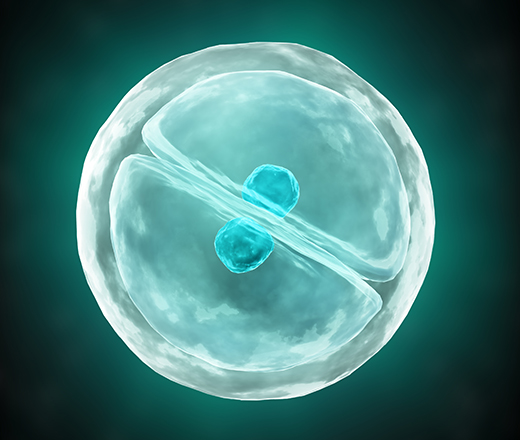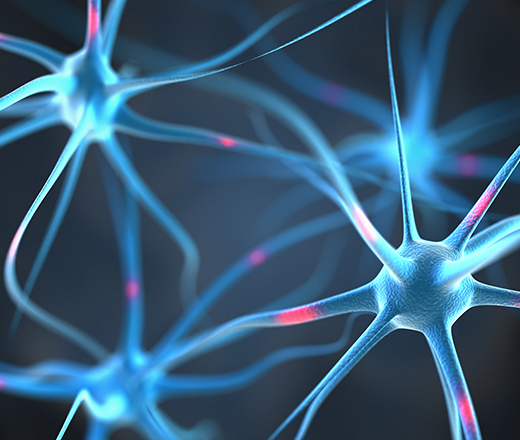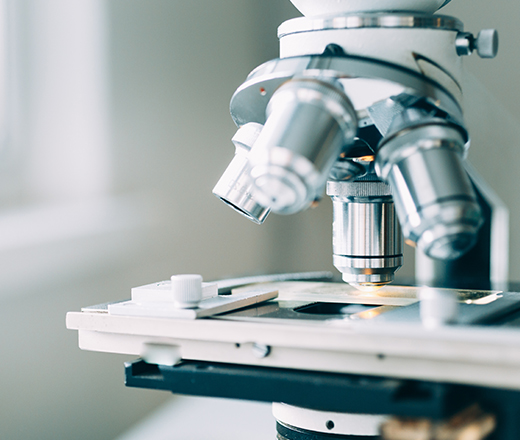FAQ'S
Stem cells refer to a group of relatively primitive and undifferentiated cells in the ontogenetic process; they have the ability to regenerate and differentiate specifically. They can proliferate into the same original cells, as well as differentiate into cells with other functions. With these above-mentioned characteristics, stem cells can be used to repair damaged tissues or organs, and even construct complete tissues. In recent years, with the discovery of exosomes and diverse cytokines secreted by stem cells, the realization of stem cell applications in regenerative medicine has reached a peak. |
Although stem cells exist in various tissues of an individual, the quantity, activity and quality of stem cells can all decline with age. U-NEURON provides customers with storage service of the earliest amniotic fluid stem cells and storage service of adult adipose-derived mesenchymal stem cells, to provide the best guarantee for future applications of cell therapy and regenerative medicine.
Amniotic fluid stem cells are very similar to embryonic stem cells in terms of development and function; they all have the ability to differentiate into various tissue cells. However, regarding the former, there are no ethical doubts, and they are one of the scientifically recognized cell sources with the most potential for clinical applications and tissue engineering so far. Amniotic fluid stem cells of U-NEURON are obtained in the early stage of pregnancy (16th-20th week); when routine amniocentesis is performed, the isolation, purification, culture and cryopreservation of stem cells are conducted for a small amount of amniotic fluid (5 c.c.). Embryonic stem cells are cell strains obtained in this way: the fertilized eggs obtained from the process of test-tube baby-making are continuously cultivated in-vitro for 4-5 days to form blastulas; inner cell masses are extracted from the blastulas to form cell strains. Embryonic stem cells have the most powerful differentiation function and cell proliferation ability, yet they have the high risk of forming teratoma; as they must be differentiated into specific differentiated cells to be used clinically, so the risk is higher. |
Obesity is no longer simply the enemy of health. Scientists have recently found that fat is rich in mesenchymal stem cells, known as adipose-derived mesenchymal stem cells; their features include advantages such as good proliferation ability and multi- differentiation potential. The number of cells that can be separated is greater than that from other sources of stem cells. When cells are younger, their regeneration and differentiation ability are better; many academic studies have proven that in the future they can be used by being differentiated into various organs and tissues like bone and cartilage, muscle, nerve and skin. Due to the lack of access to the storage of umbilical cord and umbilical cord blood stem cells for adults, adipose tissues become adults’ best source of stem cells. In addition to figure building, through liposuction and special technology of U-NEURON, stem cells can be separated and purified out from fat to form valuable adipose-derived stem cells.
U-NEURON entrusts the state-level cell storage center – Bioresource Collection and Research Center (BCRC) to store various stem cells and related application materials. BCRC possesses the technology at the international quality control certification level; the Center is a microorganism storage site approved by our government and the cell bank core facility of National Health Research Institute.
Sufficient stem cells can be proliferated through unique culture technology; they can be used and cultivated multiple times. The quantity of cells cultivated through the unique technology of U-NEURON laboratory is greater, the reproduction speed is faster, and more importantly, the cell activity is better.
Compared with the low proportion and small quantity of SVF stem cells handled elsewhere, adipose-derived stem cells stored by U-NEURON belong to MSC with higher purity and sufficient quantity. After customers collect them, they can be re-proliferated, saved or used.


